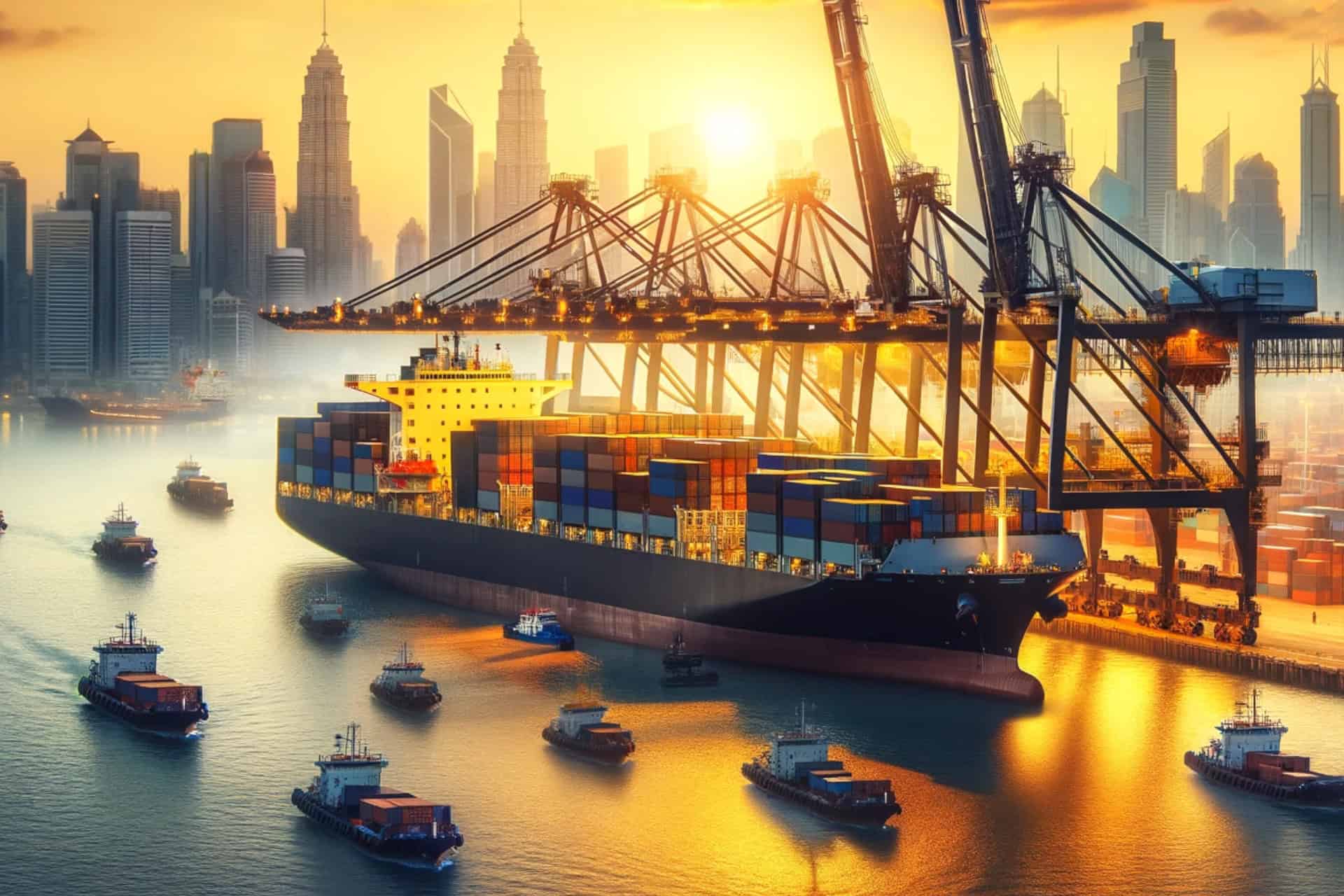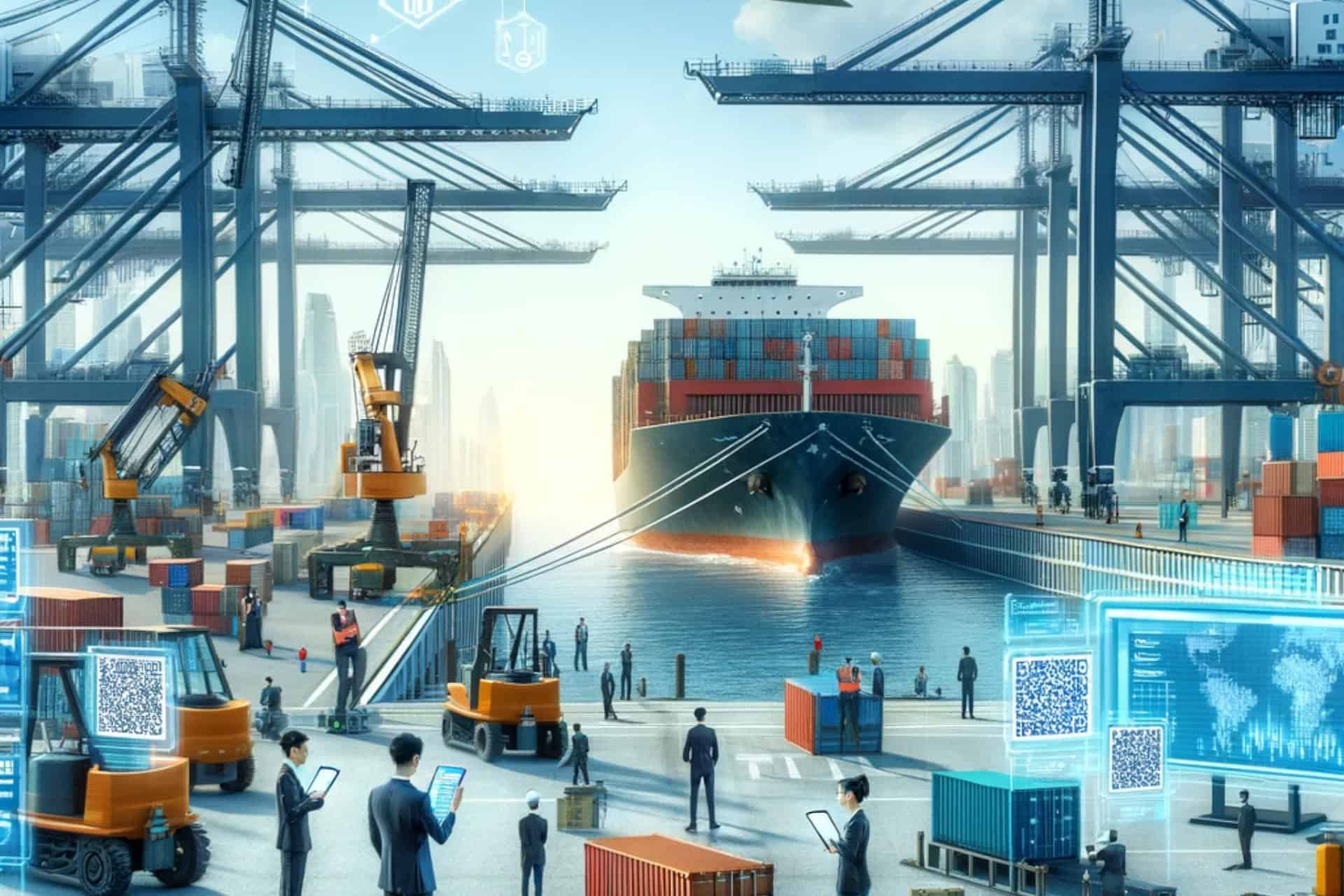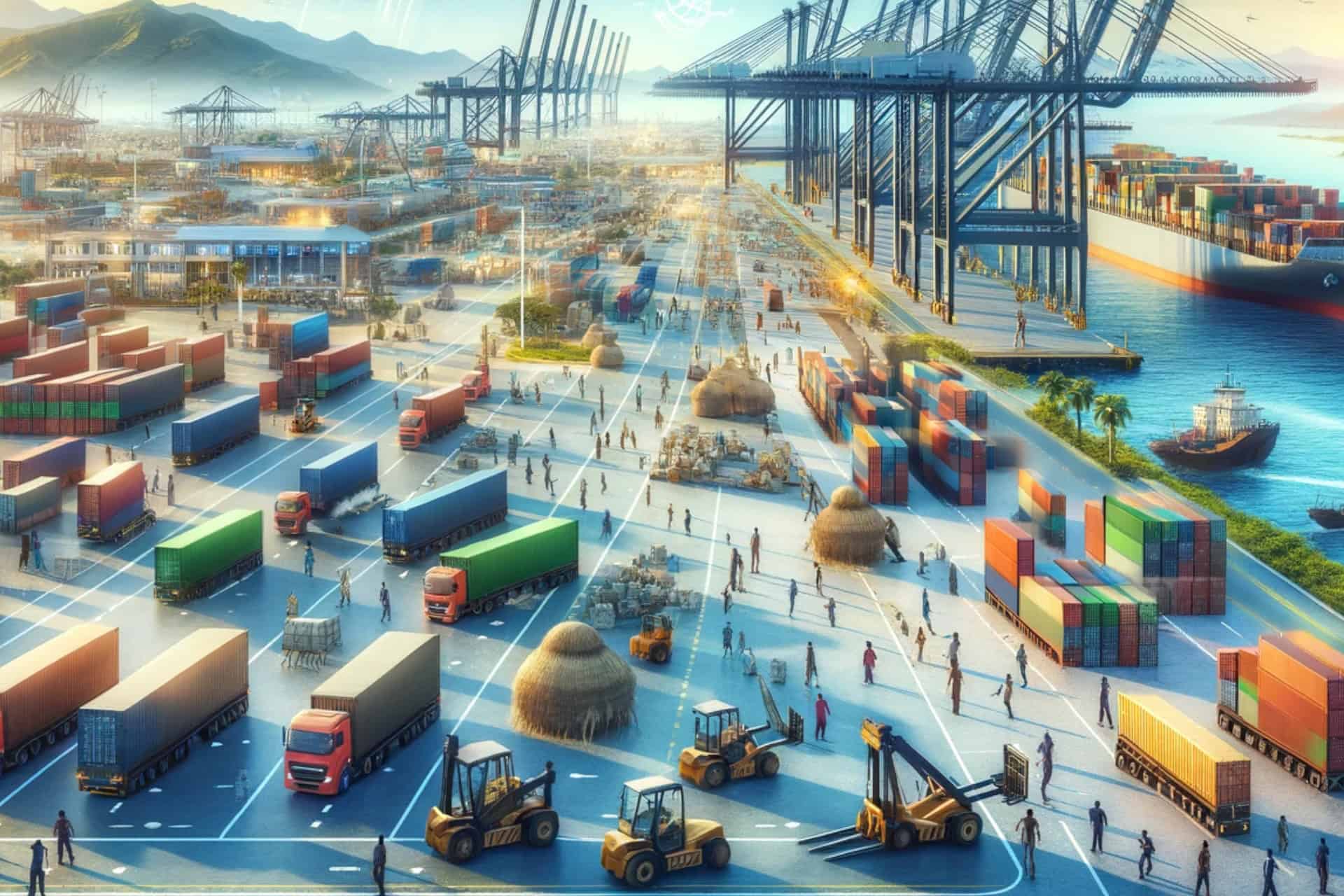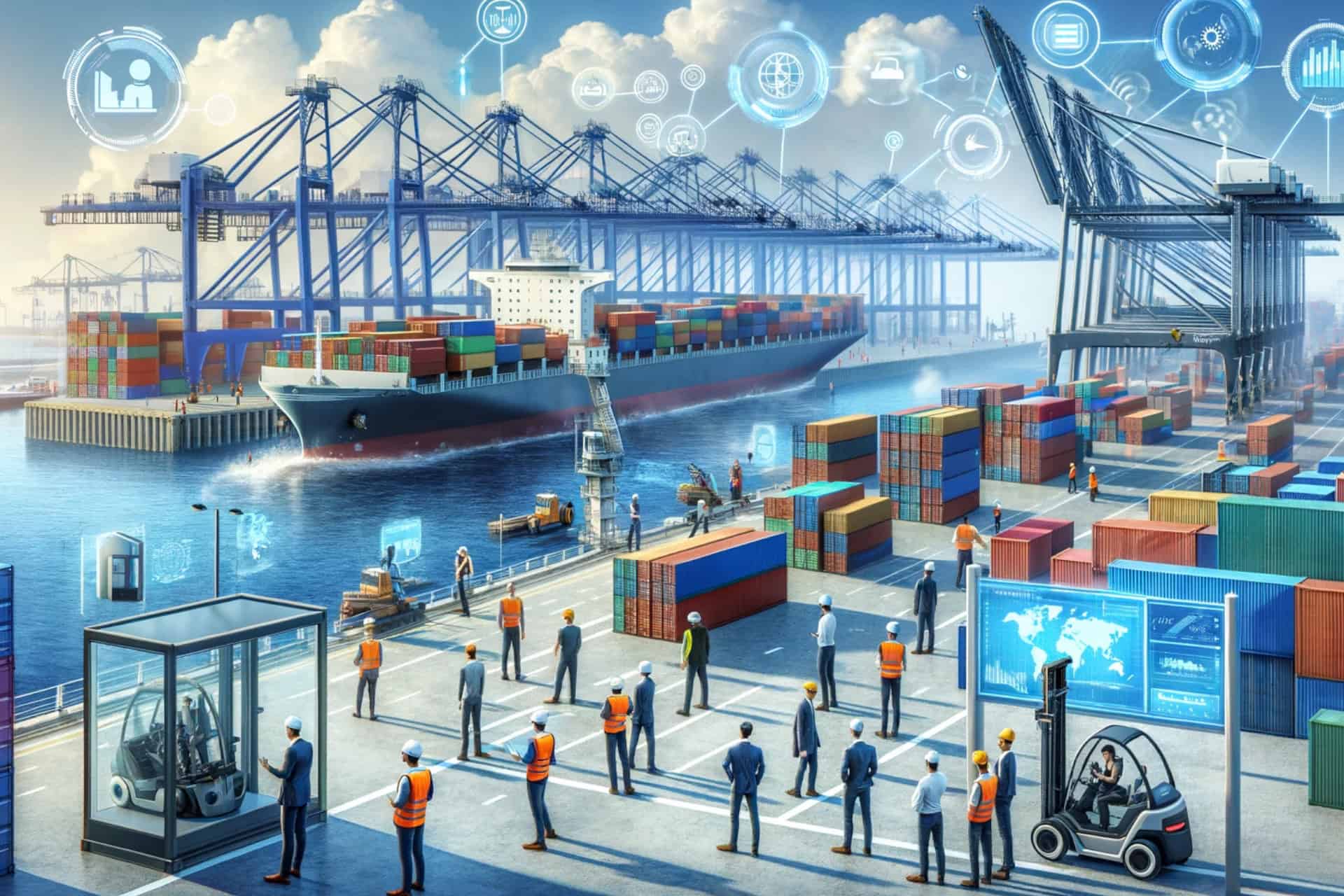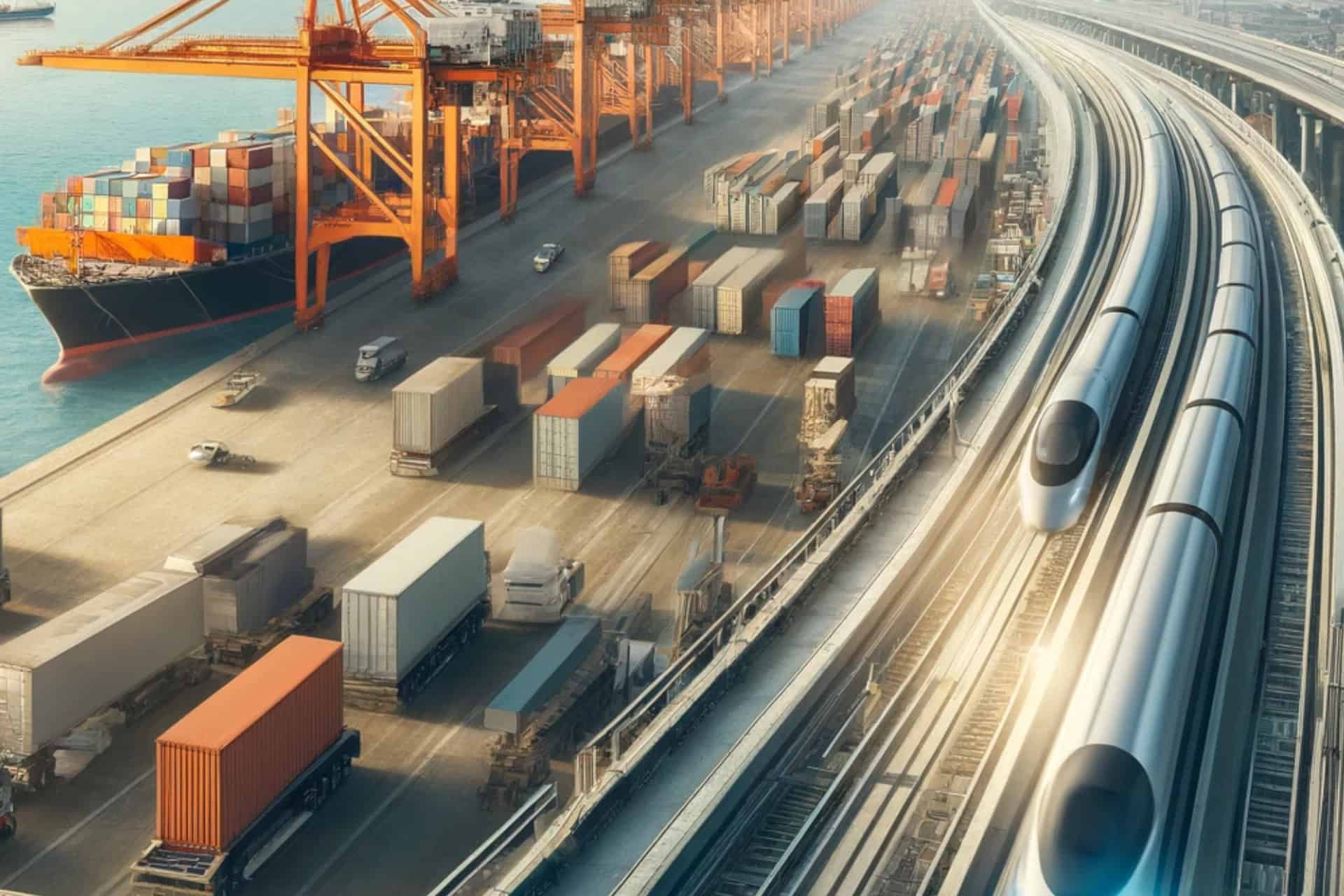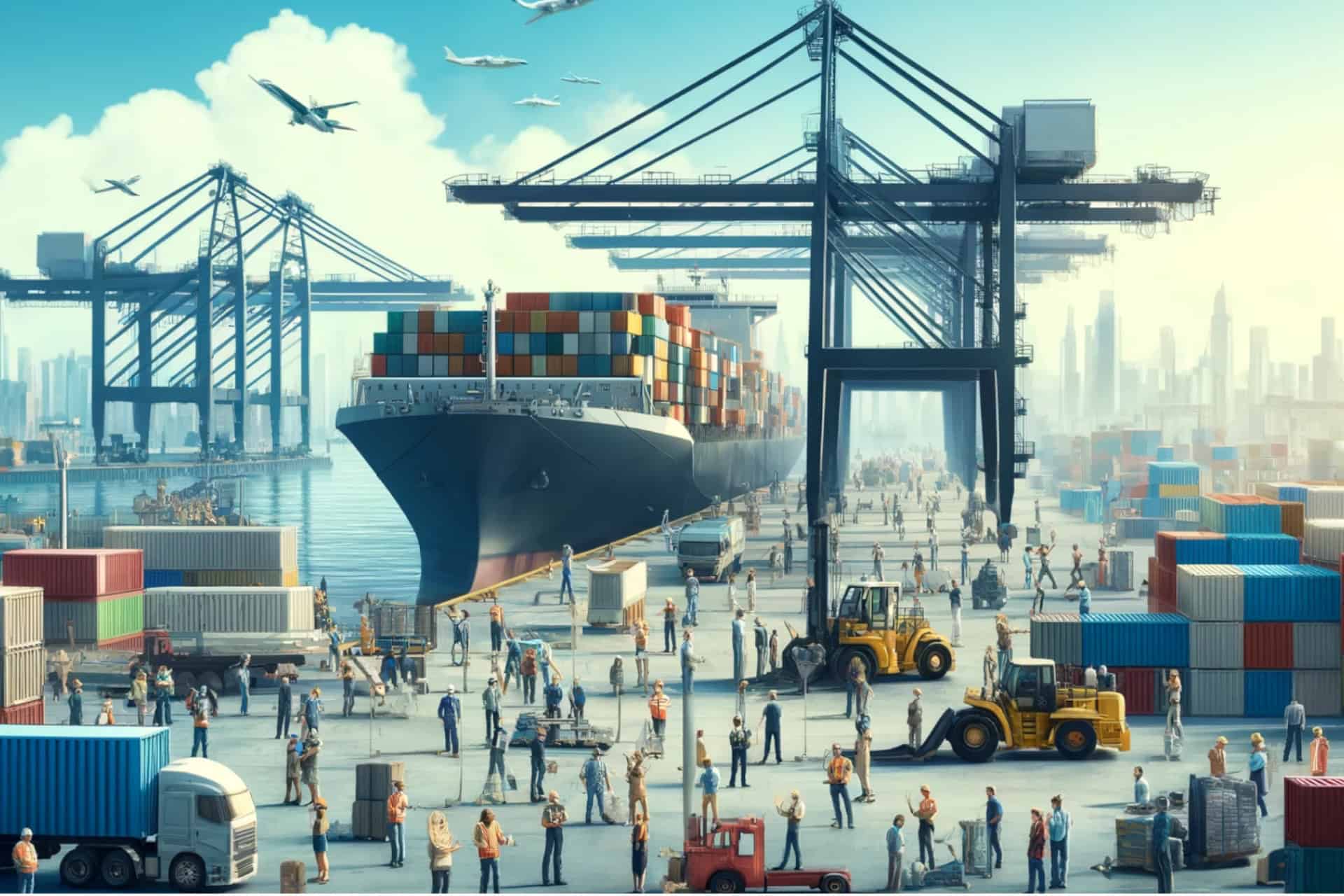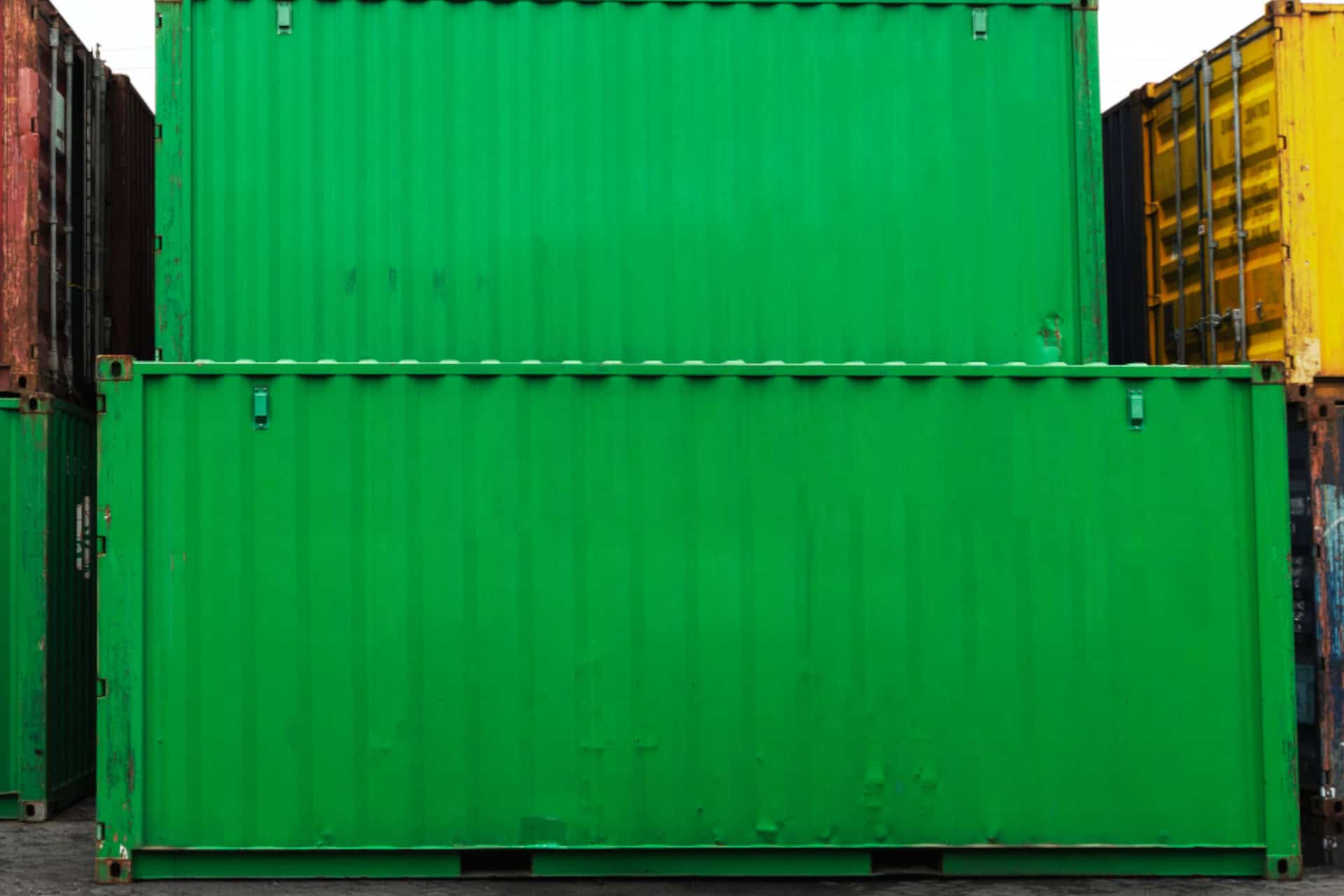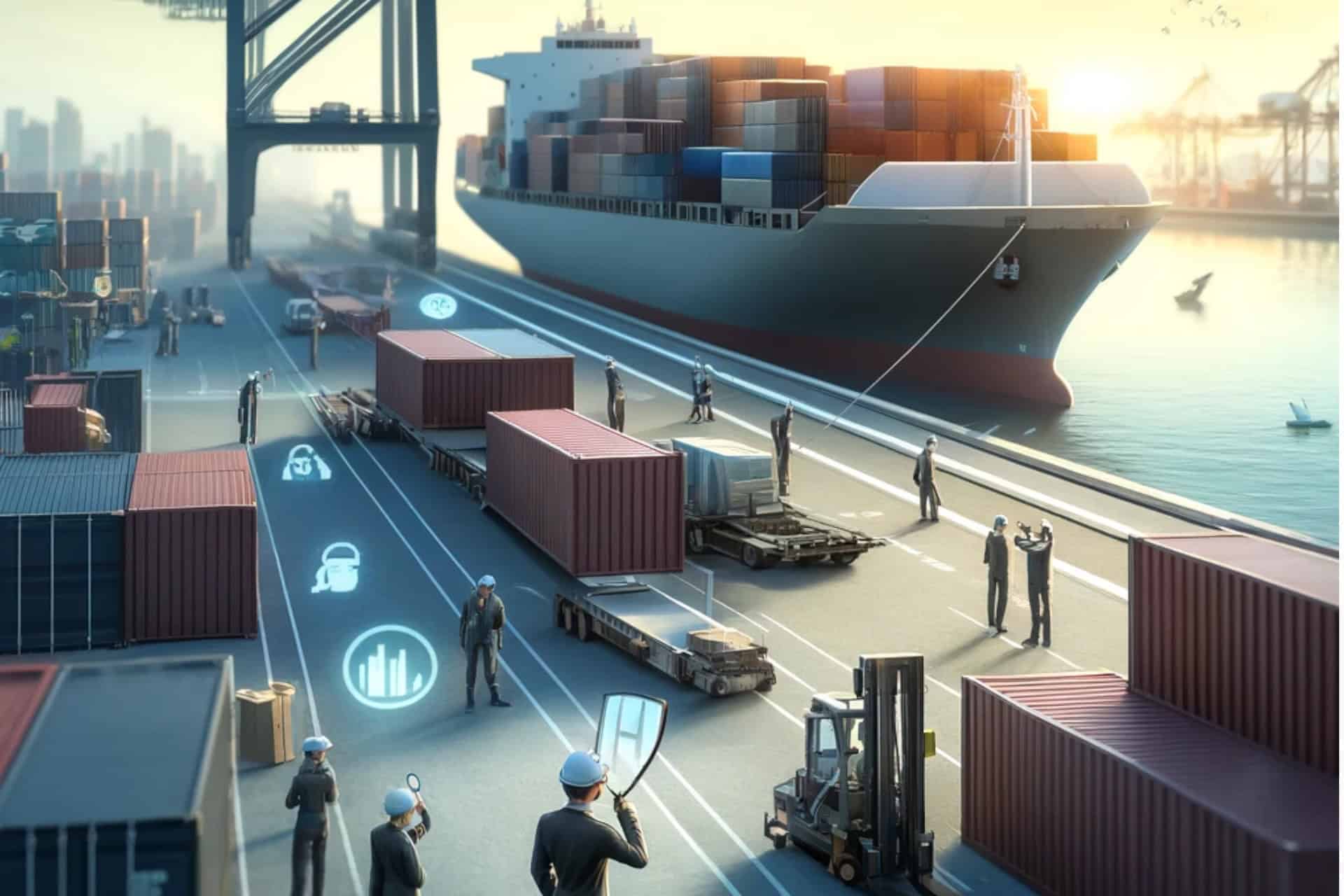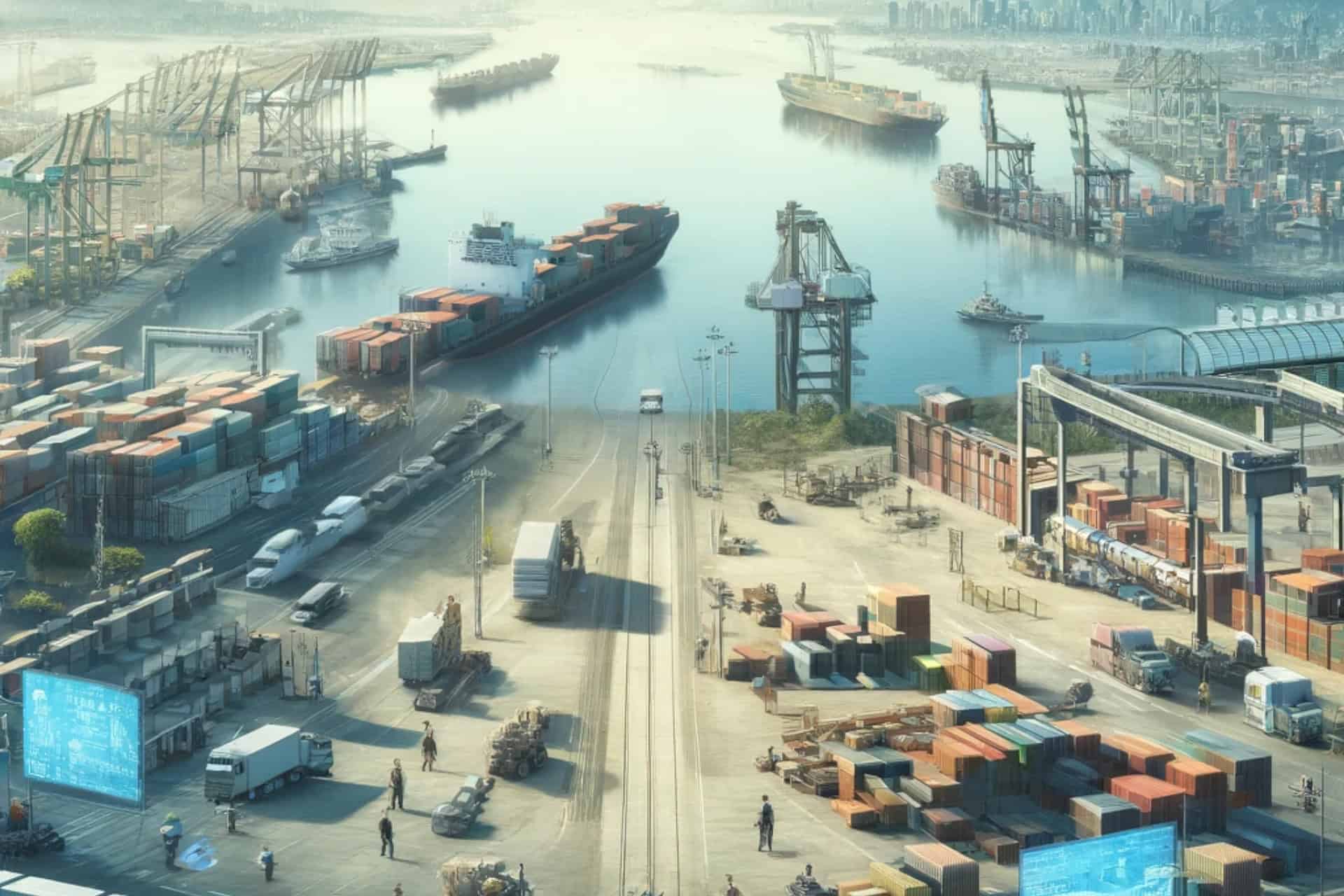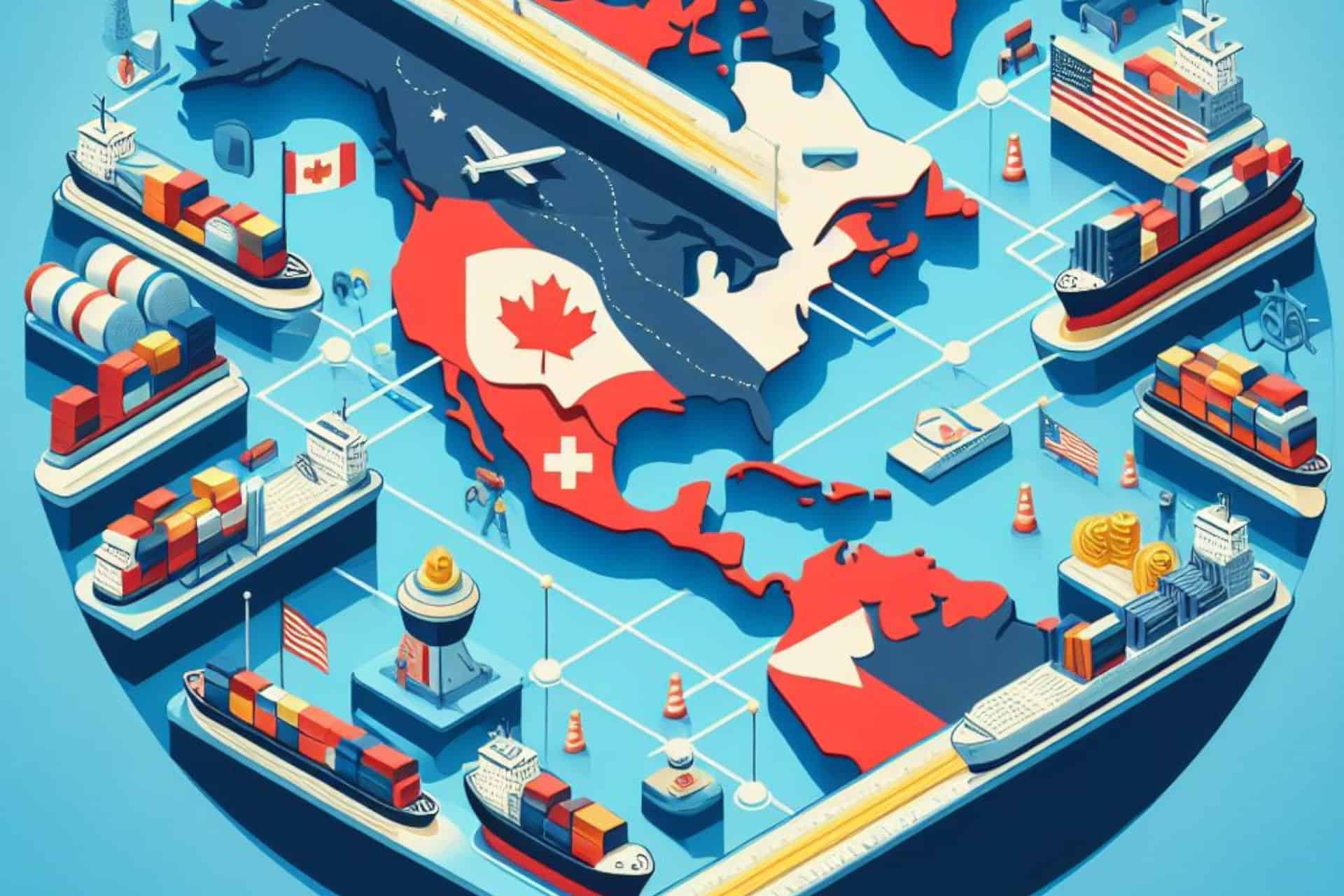Latin America is on the brink of a manufacturing renaissance, poised to emerge as a key player in the global manufacturing landscape. With its strategic advantages, skilled workforce, improving infrastructure, and favorable trade agreements, the region offers a compelling proposition for businesses looking to capitalize on growth opportunities. By embracing innovation, fostering collaboration, and addressing challenges head-on, Latin America can harness its manufacturing prowess to drive economic prosperity and competitiveness on the world stage.
In recent years, Latin America has emerged as a compelling destination for global manufacturers seeking growth opportunities and competitive advantages. With its strategic location, skilled labor force, improving infrastructure, and favorable trade agreements, the region presents a promising landscape for businesses looking to establish or expand their manufacturing operations. Let's delve into why Latin America is positioned to become a prominent global manufacturing hub.
Strategic Geographical Advantage:
Nestled between North and South America, Latin America enjoys a strategic geographical advantage that facilitates trade with major markets worldwide. Its proximity to the United States, Europe, and Asia ensures efficient supply chain management and reduced transportation costs, making it an attractive destination for international manufacturers.
Skilled Labor Force:
Latin America boasts a young, dynamic workforce with a growing pool of skilled labor across various industries. From automotive manufacturing to electronics assembly, the region offers a talented workforce capable of meeting the demands of modern manufacturing processes. Moreover, initiatives to enhance vocational training and technical education are further bolstering the skillsets of workers, making them more adept at handling advanced technologies and production techniques.
Improving Infrastructure:
Investments in infrastructure development are transforming Latin America's manufacturing landscape, addressing logistical challenges and enhancing connectivity. Modern ports, highways, and railways are streamlining the movement of goods within the region and beyond, facilitating seamless integration into global supply chains. Additionally, advancements in digital infrastructure, such as high-speed internet connectivity and smart technology adoption, are fostering innovation and efficiency in manufacturing operations.
Favorable Trade Agreements:
Latin America boasts a network of trade agreements that provide manufacturers with preferential access to key markets worldwide. Agreements such as the United States-Mexico-Canada Agreement (USMCA), Mercosur, and the Pacific Alliance offer tariff reductions and trade facilitation measures, incentivizing foreign investment and promoting regional economic integration. These trade agreements enhance market access, reduce trade barriers, and create a conducive environment for manufacturers to thrive.
Challenges and Opportunities:
While Latin America's potential as a global manufacturing hub is undeniable, it also faces challenges that require careful consideration. These include political instability, regulatory complexities, and socio-economic disparities across countries. However, proactive measures such as government incentives, regulatory reforms, and public-private partnerships can mitigate these challenges and unlock the region's full manufacturing potential.
#LatinAmerica #ManufacturingHub #GlobalTrade #InfrastructureDevelopment #SkilledLabor #TradeAgreements #SupplyChain #EconomicDevelopment #Industry4.0 #Logistics #InvestmentOpportunities
Read more views






